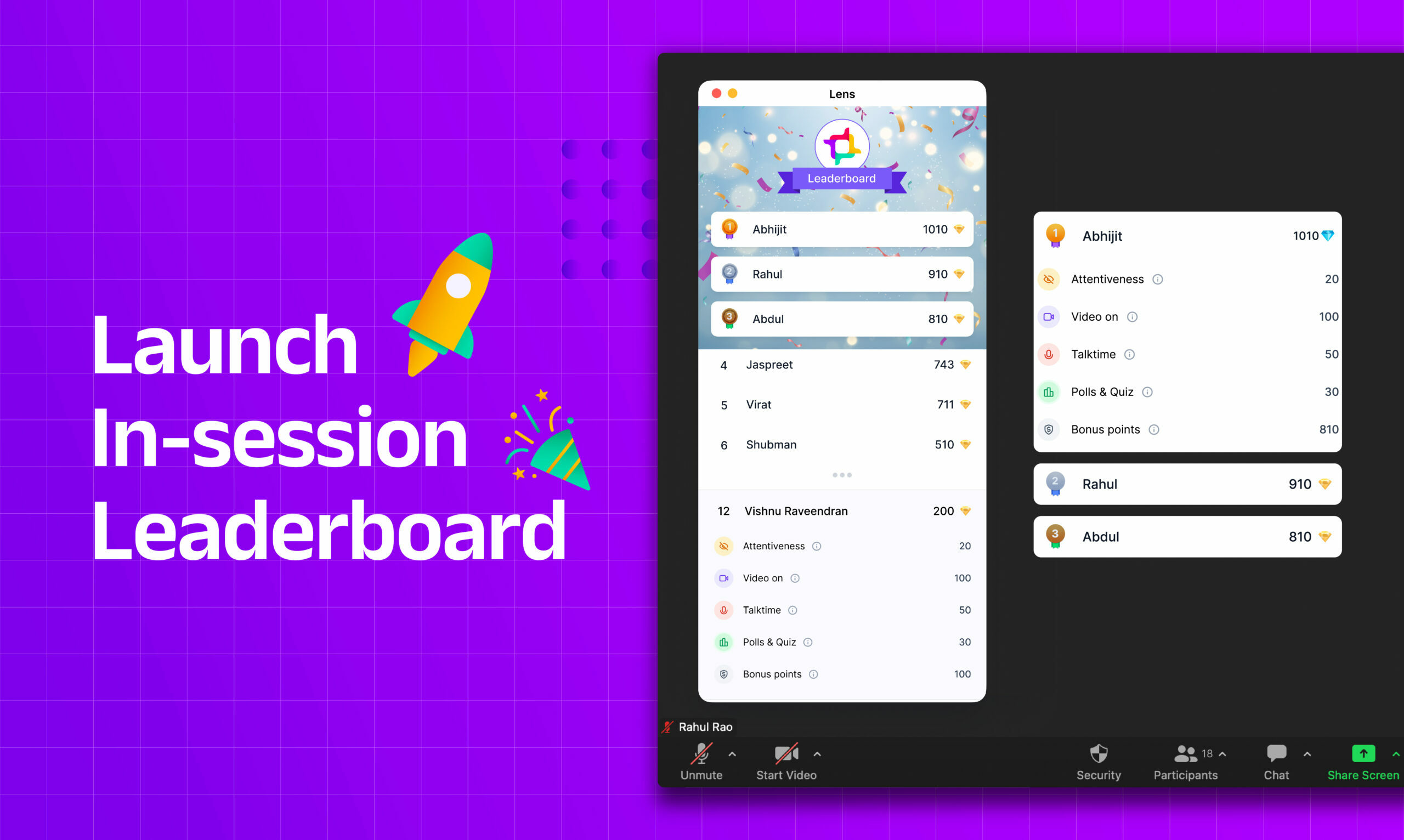If you’re an educator, you’ve probably spent some time in your career dreaming about what a classroom of the future might look like. You may have imagined desks for each student that included laptops, tablets, and even augmented reality glasses that let students see animations on top of their textbooks. Or perhaps you’ve thought about how amazing it would be to use voice commands to control everything from turning off lights to changing the temperature inside the room. But no matter what technology we can imagine using in classrooms and academic institutions, it won’t change much unless we focus on improving EdTech content in higher education.
The Importance of Quality EdTech Content in Higher Education

The most important thing we must remember is that technology can be effective only when designed and created with good content. Technology has taken the world by storm, but it doesn’t mean you should use any tool just because many others are using it. The key here is finding a balance between creating quality content and using new tools and technologies to make things easier for your audience.
Technology: Tools for Learning and Communication

Technology is a tool, not the tool that matters, but what you choose to do with it.
Technology can be used to help us learn better and communicate better. It’s also used for working purposes in higher education, like emailing or collaborating on projects or presentations.
Choosing the Right Delivery Method for Individual Learning Styles

There are many ways to deliver information, and we must choose the right path for each individual.
Many different learning styles can be used in edtech content. The most common include auditory (listening), visual (seeing), kinesthetic (acting out), and tactile (hands-on). Depending on your audience’s preferences, you can use one or all of these methods. For example, someone who is a visual learner might prefer watching a video or reading an article over listening to someone speak about the same topic; In contrast, another person may choose listening because he/she does not like reading very much. This doesn’t mean that one method is better than another – it just depends on what works best for each individual!
The Psychology of Learning Styles

As a student, you’re probably familiar with learning styles. Your teachers have probably asked you to take a test determining your preferred method of absorbing information (visual, auditory, or kinesthetic).
But what exactly are learning styles? And how do they affect the way we know?
According to Carol S. Dweck in her book Mindset: The New Psychology of Success, there are two kinds of mindsets: fixed and growth. A person with a fixed attitude believes intelligence is something you either have or don’t have–the result of genetics or luck–and so they see challenges as threats rather than growth opportunities. In contrast, people with a growth mindset believe intelligence can be developed through hard work and dedication; therefore, they welcome challenges as chances to expand their knowledge base and improve themselves.
Driving the Digital Education Transformation

One of the digital education transformation’s critical components is EdTech content optimization. The use of early warning systems, like Lens, can play a crucial role in ensuring the success of this transformation by detecting low engagement and attention levels in students, allowing universities and EdTechs to manage underperformance before it becomes a significant issue.
Leveraging advanced tools like Lens to improve and optimize EdTech content in higher education is essential. With the help of early warning signs, universities and EdTechs can proactively manage underperformance, schedule remedial classes, and make necessary changes to improve the outcome of their courses.
By incorporating innovative solutions like Lens, higher education stakeholders can take the lead in driving the digital education transformation and delivering the best possible learning experience to their students.
With real-time data and insights, they can make informed decisions that will help them stay ahead of the curve and provide students with the education they deserve. Implementing these advanced technologies will enable institutions to provide students with a well-rounded learning experience, promoting better engagement, improved retention, and, ultimately, higher grades.
By doing so, they can ensure that their students are better equipped to succeed in their future careers and lead fulfilling lives.
Conclusion
Technology is just one part of improving education. We must remember that technology is a tool, not the tool that matters but what you choose to do with it. There are many ways to deliver information, and we must choose the right path for each individual. Learning happens in different ways for different people.




